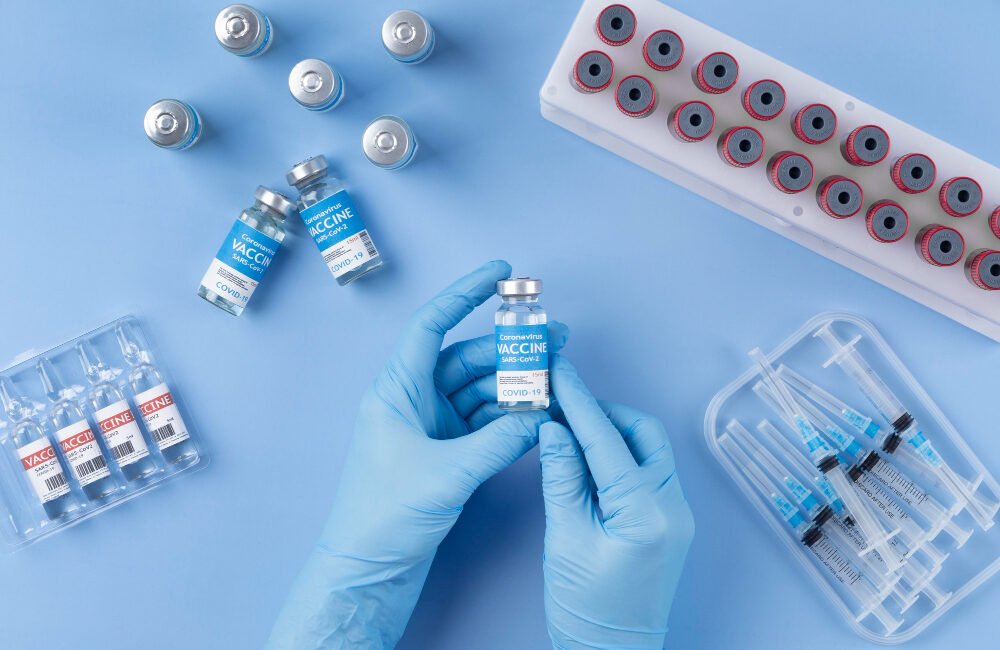
Introduction: A New Kind of Healing
If you’ve been living with chronic joint or tendon pain, you’ve likely heard of PRP treatment as a non-surgical option. Maybe your doctor has mentioned it, or you’ve come across it online while researching alternatives to surgery or long-term medications. But how does it really work—and what should you expect before beginning therapy?
This guide breaks down the process of PRP treatment so you can make an informed decision. From what it is and what conditions it addresses, to how the procedure works and how it compares to conventional approaches—we’ve got you covered.
What Is PRP Treatment?
PRP treatment, short for Platelet-Rich Plasma treatment, uses a sample of your own blood to help promote natural healing in injured or inflamed tissue. The idea is simple: your blood contains platelets, which carry proteins called growth factors. These growth factors play a critical role in repairing damaged areas of the body.
During the PRP procedure, your blood is drawn, spun in a centrifuge to isolate the platelets, and then re-injected into the targeted area. This concentrated dose of platelets delivers a healing “boost” to the injured site, signaling the body to begin its repair process.
The entire process typically takes under an hour and is done on an outpatient basis with little to no downtime.
Step-by-Step: What to Expect During the PRP Procedure
Here’s what a typical PRP procedure looks like, from start to finish:
1. Initial Consultation
Before anything else, your healthcare provider will assess your condition. PRP is often recommended when traditional therapies (like physical therapy, anti-inflammatory drugs, or rest) haven’t provided long-term relief.
2. Blood Draw
If PRP is suitable, a small amount of your blood will be collected, similar to a routine lab test.
3. Spinning the Blood
The collected sample goes into a centrifuge, a machine that spins it rapidly to separate the platelets from other blood components. This process usually takes about 10 to 15 minutes.
4. Preparing the Injection
Once the platelet-rich layer is ready, it’s drawn into a syringe and prepared for injection.
5. Injection Site Preparation
The treatment area—whether it’s a knee, shoulder, or elbow—is sterilized. Local anesthesia is sometimes applied to reduce any discomfort.
6. The Injection
The PRP is then injected into the targeted area. Ultrasound guidance may be used to ensure precise placement, especially in deeper tissues.
Conditions Commonly Treated with PRP
Although it’s widely associated with sports medicine, PRP treatment is increasingly used in various areas of healthcare. Here are some common applications:
- Osteoarthritis: Especially in knees and hips, to reduce inflammation and support cartilage repair.
- Tendonitis: Such as tennis elbow or golfer’s elbow.
- Rotator Cuff Injuries: Helping to reduce pain and improve mobility.
- Plantar Fasciitis: Managing heel pain in chronic cases.
- Ligament Sprains: Such as ACL injuries or ankle sprains.
Because it’s minimally invasive and uses your own blood, many patients consider PRP a lower-risk option worth exploring before surgical alternatives.
How PRP Injections Compare to Traditional Treatments
For years, treatments like corticosteroid injections, anti-inflammatory medications, and even surgery have been used to manage chronic musculoskeletal pain. However, PRP injections offer a few key differences:
- Biological vs. Chemical: Unlike corticosteroids, PRP works with your body’s natural healing processes.
- Fewer Side Effects: Because the substance injected comes from your own blood, the risk of allergic reactions or rejection is extremely low.
- Long-Term Healing: Steroid injections often offer temporary relief. PRP aims to support long-term tissue repair.
- Minimal Downtime: Many patients return to regular activity shortly after the injection, although light activity is usually recommended for the first 48 hours.
It’s important to note, though, that PRP injections aren’t magic. They work best when combined with a solid treatment plan, which may include physical therapy, activity modification, and follow-up care.
Are You a Candidate for PRP?
While PRP is generally safe, it’s not for everyone. Patients with certain medical conditions—such as blood disorders, infections, or active cancer—may not be suitable candidates.
Good candidates usually include:
- Individuals with chronic joint or tendon pain
- Patients who haven’t responded to traditional therapies
- Athletes looking to return to activity without surgery
- People seeking natural options before invasive procedures
Always consult with a healthcare provider who specializes in regenerative medicine before beginning any PRP-related therapy.
What About Recovery?
Recovery from PRP treatment is typically short and manageable. Here’s what patients can usually expect:
- Mild Soreness: Some soreness or swelling at the injection site is common and should subside within a few days.
- Activity Modification: You may be advised to avoid strenuous activity for up to a week, depending on the area treated.
- Follow-up Visits: Your provider may schedule check-ins to assess your progress and determine whether additional treatments are needed.
Some patients experience relief within a few weeks, while others may notice improvement over several months. Your outcome will depend on the condition being treated and your overall health.
Final Thoughts
As awareness grows around natural healing methods, more patients are turning to PRP treatment as an option that supports the body’s own repair mechanisms. From preparation to post-treatment care, understanding what this therapy involves is the first step in deciding if it’s right for you.
If you’re exploring ways to reduce chronic pain without surgery, PRP treatment may offer the support your body needs to recover.
Always consult a qualified provider to discuss your condition, and ensure you’re working with a team experienced in regenerative procedures.
About Accretion Portal
Ready to explore advanced regenerative care options for your clinic or practice?
Accretion Portal connects you with reliable PRP systems, expert support, and proven tools to help your patients heal naturally.
Visit us today and take the next step in delivering smarter, science-backed treatments.

